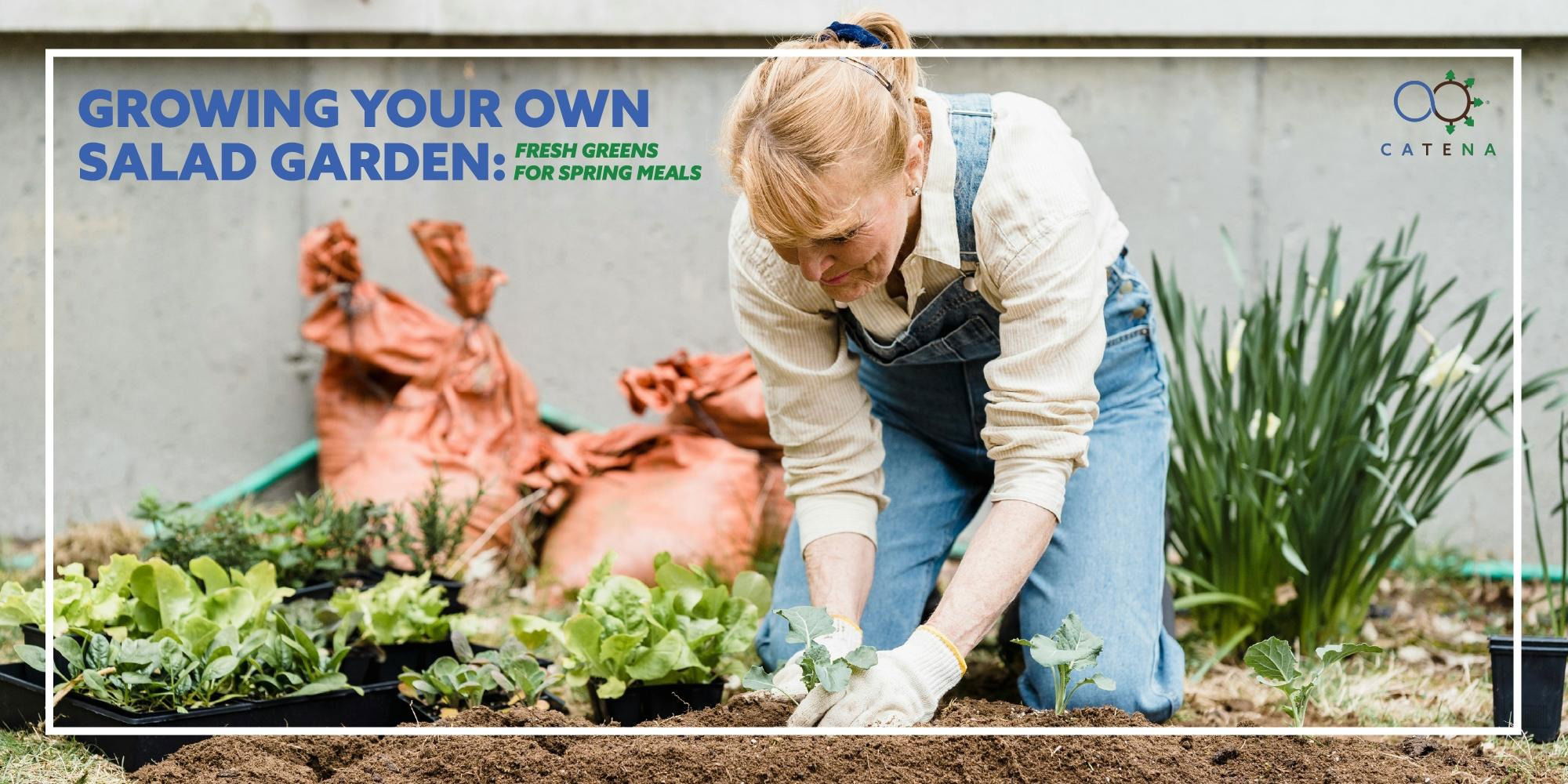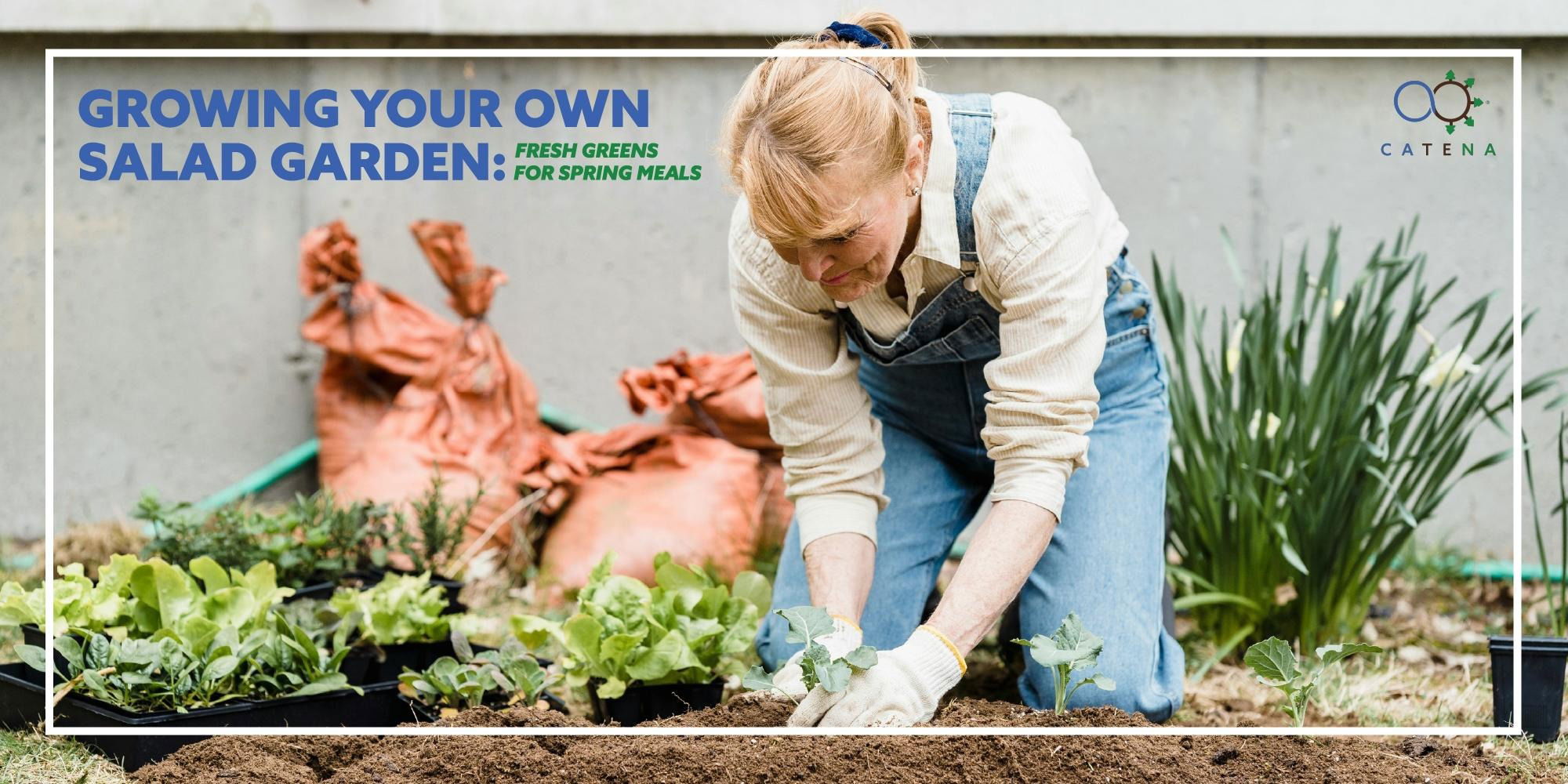Growing Your Own Salad Garden: Fresh Greens for Spring Meals


There’s nothing quite like the crisp, refreshing taste of a salad made from greens you grew yourself. 🌱 Spring is the perfect time to start your own salad garden — and it’s easier than you might think! Whether you have a spacious backyard or just a sunny patio, growing your own lettuce, spinach, and herbs is a fun and rewarding project. Plus, it’s a fantastic way to enjoy fresher, more nutritious meals.
Today, we’ll walk you through everything you need to know about starting a spring salad garden, including expert tips to boost growth and maximize your harvest.
Why Grow Your Own Salad Garden?
- Freshness You Can Taste: Store-bought greens can sit for days before reaching your plate. Growing your own ensures peak flavor and nutrition.
- Cost Savings: Seeds and supplies are inexpensive compared to buying organic greens every week.
- Pesticide-Free Options: Take control over what goes into your food by avoiding harmful chemicals.
- Sustainability: Home gardens reduce the carbon footprint associated with transporting produce.
Best Salad Greens to Grow in Spring
Spring offers the ideal conditions — cool temperatures and mild sunlight — for many leafy vegetables. Some popular options include:
- Lettuce (Butterhead, Romaine, Loose Leaf varieties)
- Spinach
- Arugula
- Swiss Chard
- Kale
- Radishes (add a spicy crunch!)
- Herbs like parsley, cilantro, and basil
Pro Tip: Choose a mix of varieties for a diverse and colorful salad bowl!
How to Start Your Salad Garden
1. Choose Your Growing Location
You don’t need a huge garden bed to succeed — salad greens can thrive in raised beds, containers, and even window boxes! Look for a spot that gets 4–6 hours of sunlight per day.
2. Prepare the Soil
Healthy soil is key to vibrant, flavorful greens. Use rich, loose, well-draining soil with plenty of organic matter.
For a stronger start, consider enhancing your soil with Growth Maximizer Fertilizer Powder — it provides balanced nutrients to help your seeds germinate faster and grow healthier.
3. Plant Your Seeds
Sow seeds directly into the soil about ¼ inch deep and 2 inches apart. Water gently but thoroughly. Keep the soil moist but not waterlogged.
4. Boost Growth Naturally
As your plants grow, feed them every few weeks with an all-purpose fertilizer like Growth Maximizer Liquid All Purpose Fertilizer. This gentle boost encourages lush, abundant leaves without the need for harsh chemicals.
5. Maintain and Harvest
- Water regularly, especially during dry spells.
- Thin seedlings if they become too crowded (you can eat the thinnings!).
- Harvest early and often to encourage continued growth — most greens are ready to pick in just 30–45 days!
Pro Tips for a Thriving Salad Garden
- Succession Planting: Sow a few seeds every couple of weeks to enjoy fresh greens all season long.
- Pest Control: Use natural methods like neem oil or companion planting (e.g., marigolds) to deter pests.
- Mulch Matters: Applying a thin layer of mulch helps retain moisture and prevent weeds.
Make This Spring Your Freshest Yet
Growing your own salad greens is not just rewarding — it’s a delicious way to embrace the season. With the right tools, like Growth Maximizer Fertilizer Powder and Growth Maximizer Liquid All Purpose Fertilizer, you'll be harvesting your own vibrant greens in no time.
So grab your seeds, roll up your sleeves, and get ready to enjoy fresh, garden-to-table meals this spring! 🥗🌸